It’s estimated that about 150 species go extinct per day, so it is always exciting news when a new species is discovered! This spring, we learned about a new mammal found in the coastal redwood range called Humboldt’s flying squirrel.
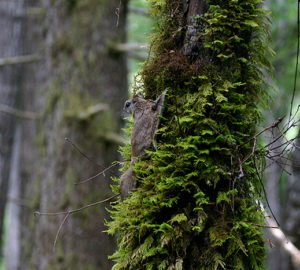
This is the third species of flying squirrel found in North America, and it was named after famed naturalist, Alexander von Humboldt. Von Humboldt is known for cataloging the new and exotic species he encountered during his travels through the Americas between 1799 and 1804. Over 200 years later, Humboldt’s flying squirrel (Glaucomys oregonensis), was classified by a team of researchers out of the University of North Carolina lead by mammalogist Brian Arbogast.
Prior to the discovery of this new species, scientists believed that there were two species of flying squirrels living in North America, the Southern flying squirrel and the Northern flying squirrel. The Southern flying squirrel’s range extends through much of the Eastern United States, stretching down through Mexico and as far south as Honduras. The Northern flying squirrel’s range was originally thought to be California, Oregon, Washington, and much of Canada. However, when Arbogast first encountered a preserved specimen of the Northern flying squirrel from California and the Pacific Northwest, he noticed that they were smaller than the individuals found in Canada. Arbogast was able to use genetic testing to determine that the smaller flying squirrels in the western states are genetically different from the Northern flying squirrels. Thus, Arbogast and his team were able to classify this western flying squirrel as a new species.
The flying squirrel’s unique anatomy makes them perfect for cruising through the redwood canopy. They use a membrane between their arms and legs, called their patagium, to glide from tree to tree. Using their bushy tail, they are able to steer, break, and slow down to arrive at the tree they are aiming for. A nocturnal animal, the flying squirrel glides through the forest, foraging for fruit, seeds, flowers, insects, snails, bird’s eggs, and tree sap. They also glide from tree to tree to avoid predators like owls. These elusive creatures are not easy to find when visiting redwood parks during the day because they sleep in lichen-lined holes in the trees. When camping in the forest at night, listen for the sound of these little mammals, gliding through the canopy.
For more stories on wildlife in the redwoods, check out these posts on the League’s Giant Thoughts blog.


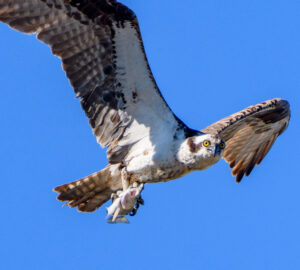
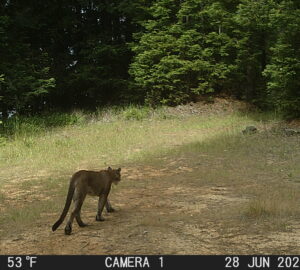
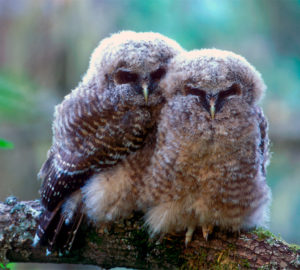
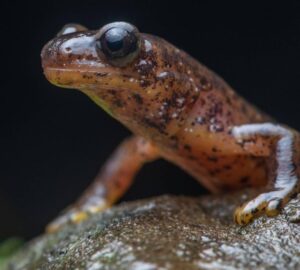
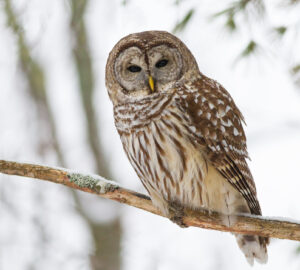

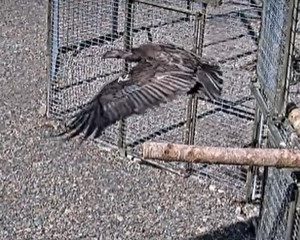
6 Responses to “New Species Discovered: Humboldt Flying Squirrel”
Trinity
This article is perfect for my school assignment, thanks!
Kent Huber
My cat brought one of these into the house about 30 years ago.
Rachel Rodriguez
If these are the flying squirrels from Panther Gap, you guys already know they were introduced by a family in the early 1960. That’s correct isn’t it?
Lynda
I LOVE this story! You truly post the best content. Thanks for your wonderful posts.
Ray
So cool
Jacob
Sad